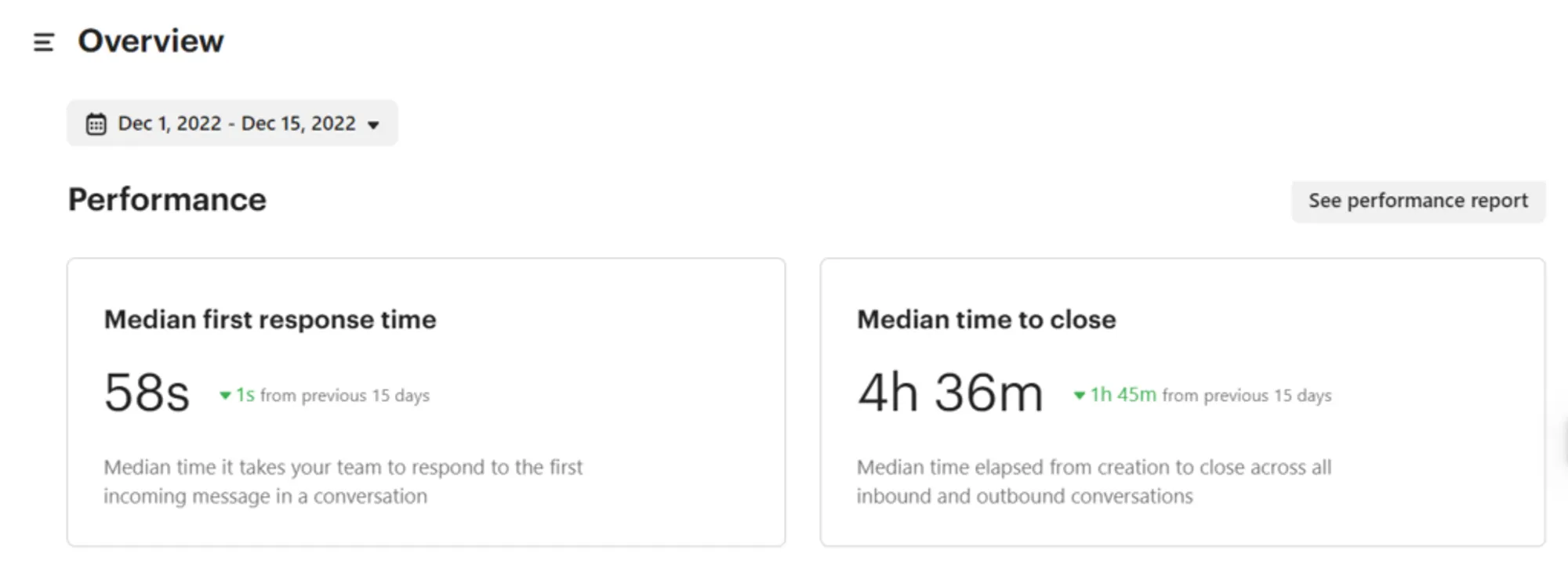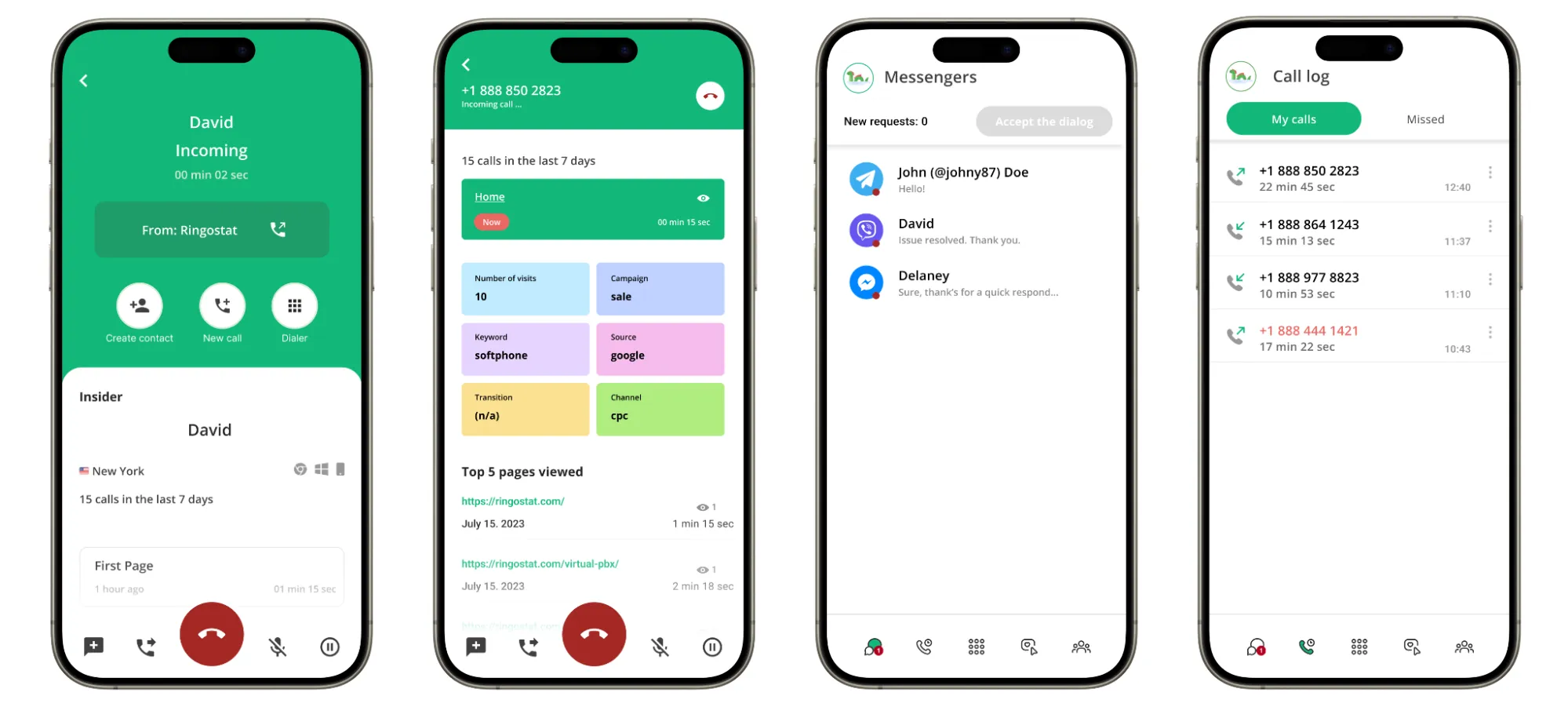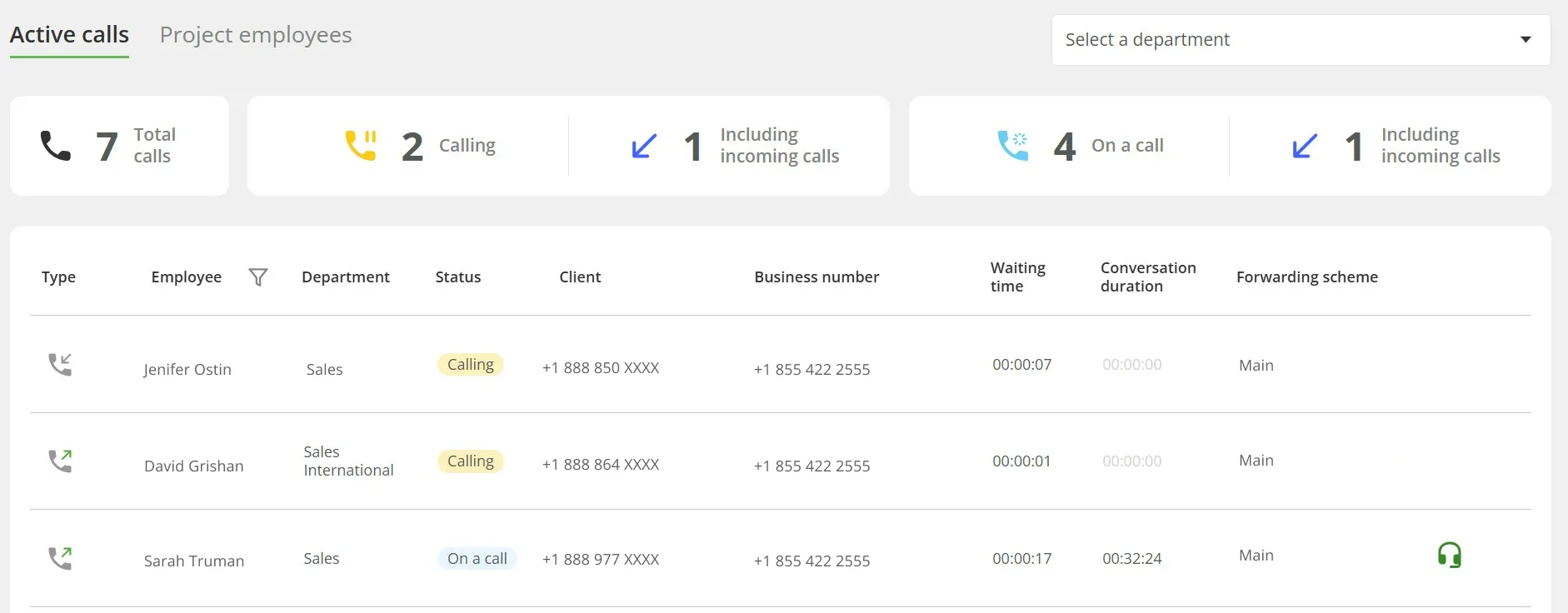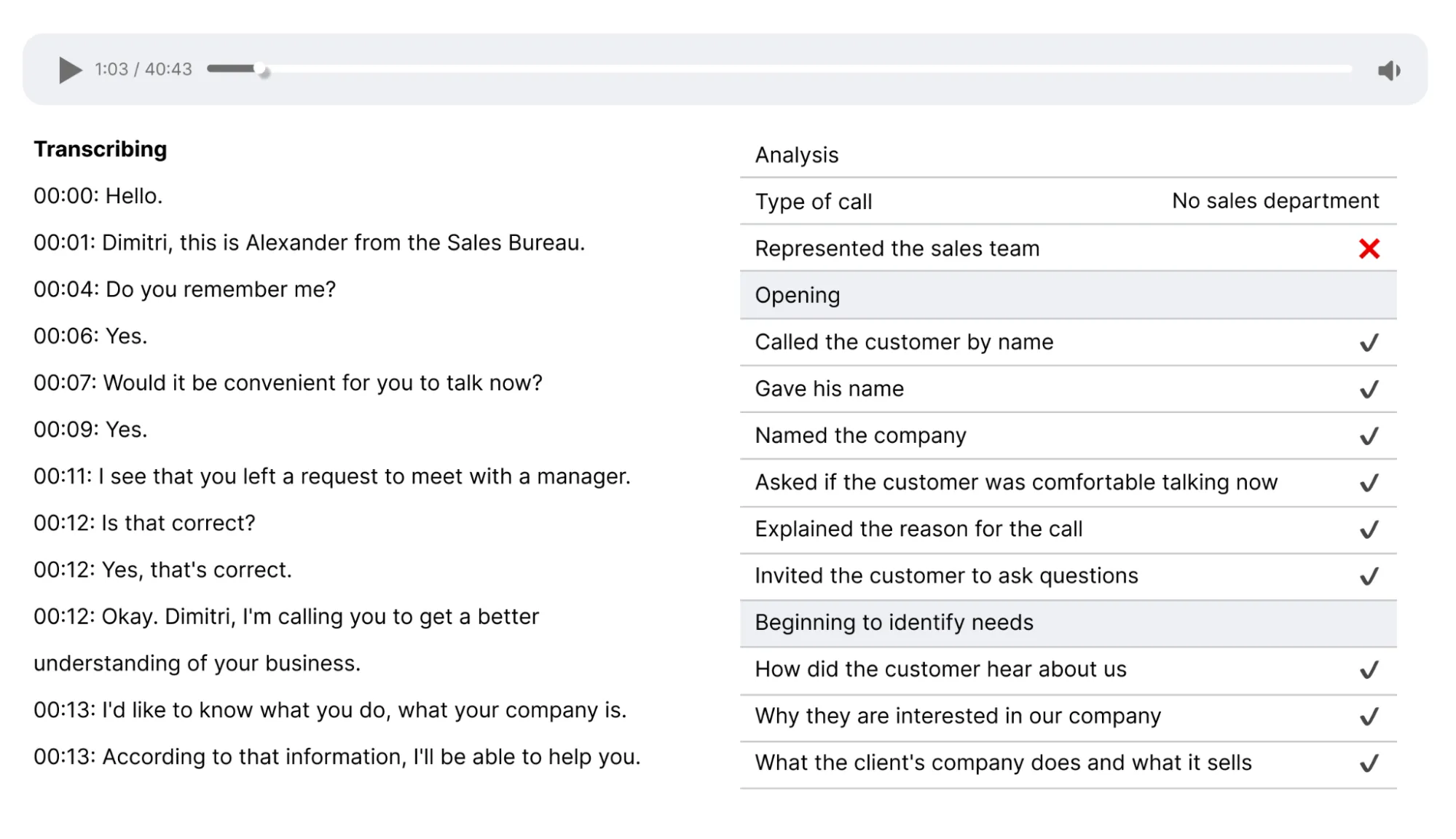Customer Service — How to Gain a Competitive Edge Through Excellent Customer Support


One phone call is all it takes to lose a customer forever. Or — conversely — to win them for years. In a world where products from different companies are becoming increasingly similar, customer service has become the primary weapon in the battle for competitive advantage. Can your company turn every customer interaction into an opportunity to build lasting relationships?
Customer service has undergone a long evolution. Initially, it was limited to direct interactions in stores or post offices. The real breakthrough came with the invention of the telephone, which enabled instant communication between companies and customers.
The 1960s saw the emergence of the first telephone helplines, which evolved into specialized customer service departments. This allowed companies to professionalize this area and ensure consistent service standards. The internet era of the 1990s brought new communication possibilities. Customers gained access to support via email, contact forms on websites, and later through online chats. Social media development added more communication channels, enabling customers to contact companies through Facebook, Twitter, and Instagram.
Today, we're witnessing a revolution in customer service thanks to technologies like artificial intelligence, chatbots, and voice analysis. These tools enable automation of routine tasks and provide support 24/7.
While these terms are often used interchangeably, they represent different aspects of customer relationships.
Customer service refers to specific actions taken to help a customer: answering questions, solving problems, or providing technical support.
Customer experience is a much broader concept that encompasses all of a customer's feelings during interactions with a brand. It consists of every touchpoint: from the first website visit, through the purchase process, to post-sale service.
Customer service is one element of the customer experience, but it can have a crucial impact on overall brand perception. One negative interaction with the service department can destroy positive impressions from other stages of the customer journey.
Investment in quality customer service delivers measurable business benefits:
The negative effects of poor service are equally measurable. A dissatisfied customer doesn't just switch to competitors; they also share their experience with others. In the age of social media, one negative review can reach thousands of potential customers.
Ringostat will help optimize campaigns and sales manager performance





Effective customer service is built on several fundamental principles.

Cloud technologies are revolutionizing how customer service is delivered. Cloud-based systems offer scalability that allows companies to adjust resources to current needs. During peak traffic periods, you can easily add additional phone lines or workstations.
Integration of different communication channels in one system gives staff complete visibility into customer interaction history. Whether the customer previously sent an email or chat message, called, contacted via messengers, or social media, the consultant has access to the full context. An example of this approach is the Ringostat Smart Phone app, which combines phone calls, chats, messengers, and SMS messages in one interface, eliminating the need to switch between different applications.

Real-time analytics allows monitoring of key service metrics and quick response to problems. Managers can track queue lengths, customer satisfaction, or individual consultant effectiveness. The Ringostat platform offers real-time call reports that show when the team is approaching capacity limits, allowing for quick deployment of additional staff.

Additionally, Ringostat AI can automatically analyze conversations, transcribe them, and highlight key moments in customer communication.

Cloud solutions also provide mobility. The service team can work remotely while maintaining full access to tools and data. This is especially important for companies with distributed teams or during crisis situations. Implementation and maintenance costs for cloud systems are typically lower than traditional on-premise solutions. Companies pay only for resources actually used and don't need to invest in expensive IT infrastructure.
Your personal assistant will analyze customer conversations and suggest improvements for closing deals.

Modern technologies are shaping the future of customer service. Artificial intelligence is already automating many processes, from simple responses to frequently asked questions to real-time customer sentiment analysis. Chatbots are becoming increasingly sophisticated, capable of conducting natural conversations and solving complex problems.
Voice and text analysis enables automatic categorization of inquiries, identification of dissatisfied customers, and detection of sales opportunities. This allows prioritization of the most important cases and automatic routing to appropriate specialists.
Personalization will reach new levels through analytics. Systems will predict customer needs based on their behavior, purchase history, and preferences, offering personalized solutions at the right moment.
Customer service will remain a key element of business success, but its form will continue evolving. Companies that invest in modern technologies and high service standards today will gain significant competitive advantages in the future.
Key metrics include response time to inquiries, percentage of missed calls, customer satisfaction (CSAT), and conversion from contact to sale. It's also worth tracking average problem resolution time and the number of repeat contacts from the same customer about the same issue.
Costs depend on team size and required features. Most cloud platforms offer pay-as-you-use models, eliminating large upfront investments. For example, Ringostat enables quick implementation within one business day without needing to build your own infrastructure.
AI excels at automating simple tasks and analyzing data, but it can't replace human empathy and creative problem-solving. The best results come from combining technology with team competencies — AI can, for instance, automatically analyze conversations and flag customers requiring special attention from managers.
The key is demonstrating concrete benefits for the employees themselves: easier access to customer information, automation of routine tasks, and transparent performance evaluation systems. Start with training and emphasize that new tools should support, not replace, employees.
Common mistakes include focusing on only one communication channel, lack of integration between systems, neglecting team training, and irregular service quality monitoring. It's also important not to skip the testing phase of new solutions before full implementation.
Ringostat AI tracks conversation mood and manager mistakes to improve service quality and prevent deal failures
